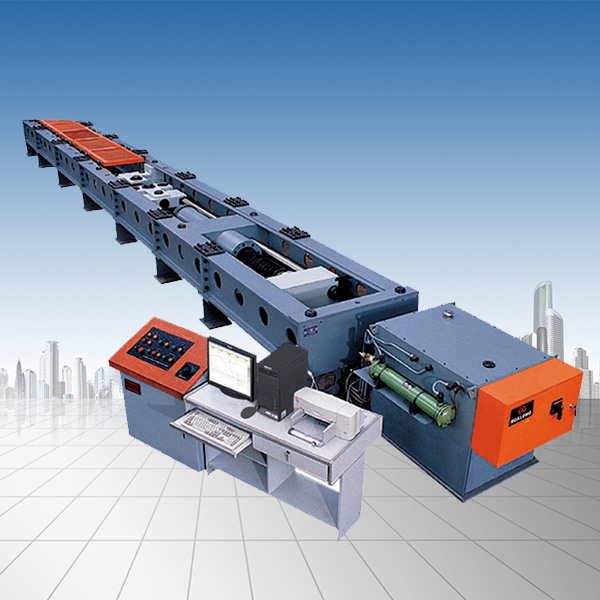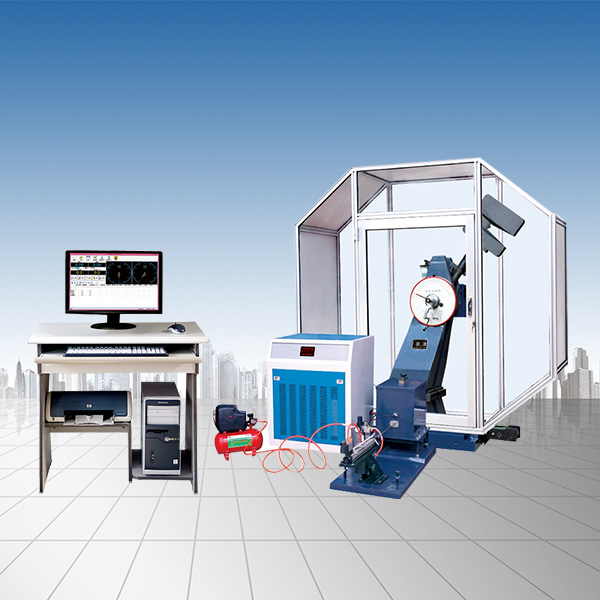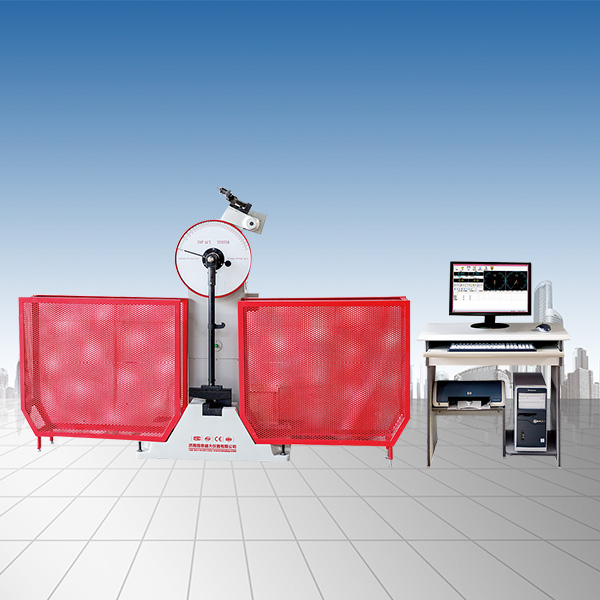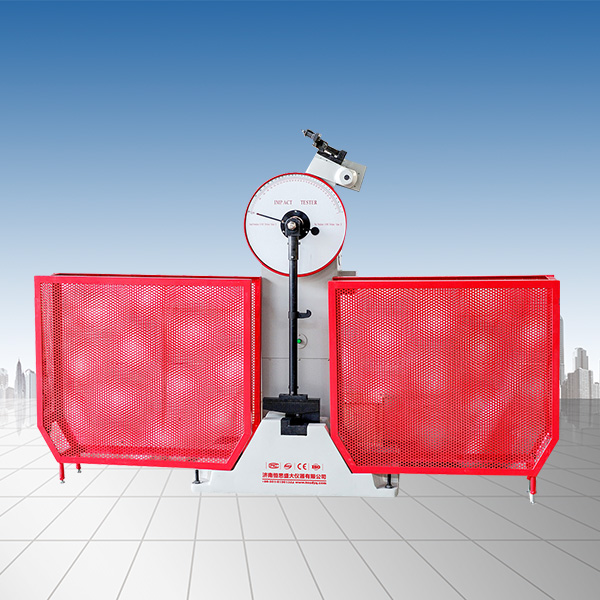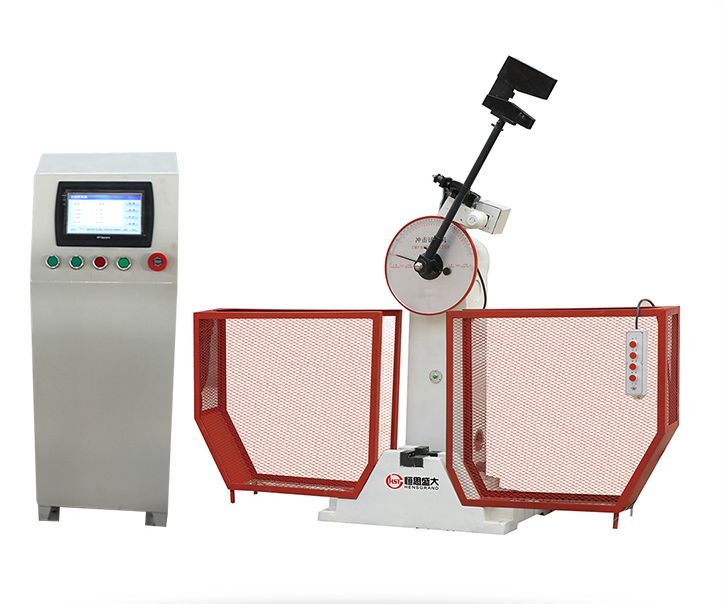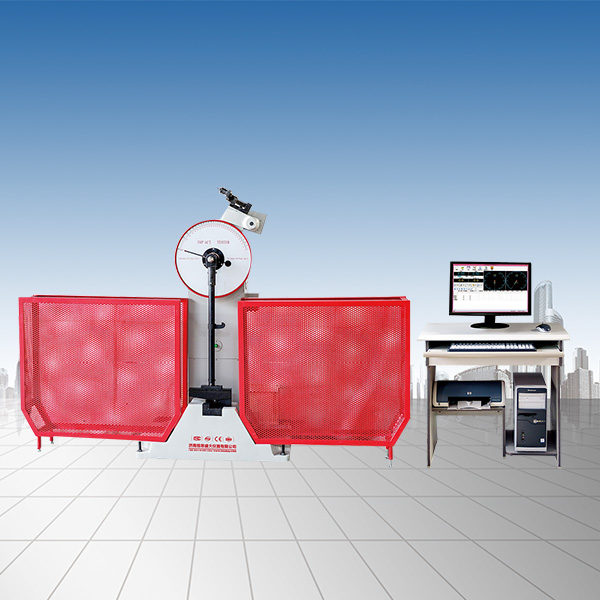Company News
How to choose an electronic tensile tester for plastics
Release time:2018-11-23 source:Jinan Hengsi Shanda Instrument Co., Ltd. Browse:
Electronic tension testing machines can extend, bend, compress or pierce the plastic splines at controlled speeds until they break. They are instruments commonly found in plastic compounding manufacturers' laboratories. These manufacturers use electronic tensioners during the mixing process to determine the suitability of the material to a certain process and end-use.
Electronic tensile testing machines are also increasingly common in the laboratories of plastic injection molding and extrusion operators. One reason is that they are increasingly used in cutting-edge product and process development. Another reason is that they conduct more stringent monitoring of the quality control of feed and finished products. Many OEM manufacturers, especially those in medical devices or fields, require plastic processors to conduct their own tests at the end of production operations. Another reason for internal testing is to improve process control, which reduces scrap rates and achieves real returns.
Various tests
The electronic tension testing machine consists of one (single arm) or two (gate-type) vertical load columns installed on a fixed horizontal substrate with a movable horizontal beam on top. In most electronic tensioners today, the struts are usually driven by lead screws to determine the position of the movable beam.
The specifications of the electronic tension testing machine are expressed by the combination of the load that the frame can bear and the load of the load bearing unit. The load unit is mounted on a moving cross beam driven by motor or hydraulic pressure. The load bearing unit connected to the fixture measures the force and can be read from a digital display or on a computer. Many electronic tension testing machines have interchangeable sensors that can match the material to be tested.
In order to induce strain of the plastic, the electronic tensioner exerts a force on the sample. Special tests for tensile, bending, compression or shear are classified according to the direction of strain induced in the sample and the speed of force applied. Basic testing is completed by a standard electromechanical electronic tension testing machine. They are usually loaded in the speed range of 0.1mm/min to 500mm/min, and different materials require different test speeds. Dynamic and cyclic tests such as rupture growth and fatigue are generally completed over a long period of time and need to be completed on a servo hydraulic electronic tensioner with low loads.
Early electronic tension testing machines had pointers and chart recorders. They are now completely replaced by CNC and computer software. The new controller can automatically test and display the corresponding data. Even the stress and strain curve can be displayed instantly during the test. Reduced the workload of the experimenter's calculations.
The test of electronic tensile testing machines for plastics is still common in tensile strength and modulus, bending strength and modulus. For tensile tests specified in ATMD638 and ISO527, both ends of the specimen are clamped. One fixture is fixed, the other is in the crossbeam, and it is removed from the fixture, pulling the sample until it breaks, and the crossbeam will automatically stop.
Place the sample on two supports on the fixed base of the tester for bending test (ASTMD790, D6272 and ISO178). For this test, the beam moves in the opposite direction to the tensile test, pushing rather than dragging the non-supported center of the specimen until it bends and has the potential to break. In China, because many thermoplastics will not break in this test, the bending stress when the deflection reaches 1.5 times the thickness needs to be calculated according to the standard test method. The commonly used bending deflection for 4mm thick specimens is 6mm.
How the specimens are kept at the bottom of the instrument is important because different types of tests require different fixtures. Replacing the fixture is not only difficult to maintain consistency in position (which often affects the test results), but also prone to damage the delicate part - the sensor, which is also a test of the strength of the experimenter, and many women find it difficult to complete this job. Moreover, the price of fixtures is several hundred yuan, and some hydraulically operated fixtures are as expensive as thousands of yuan. So, try to change the fixture as little as possible. Some electronic tensile testing machines, such as the LDX-300 universal material testing machine, are designed together with three-point bending fixtures and tensile fixtures, which reduces the process of replacing the fixtures.
Recommended productsPRODUCTS


















